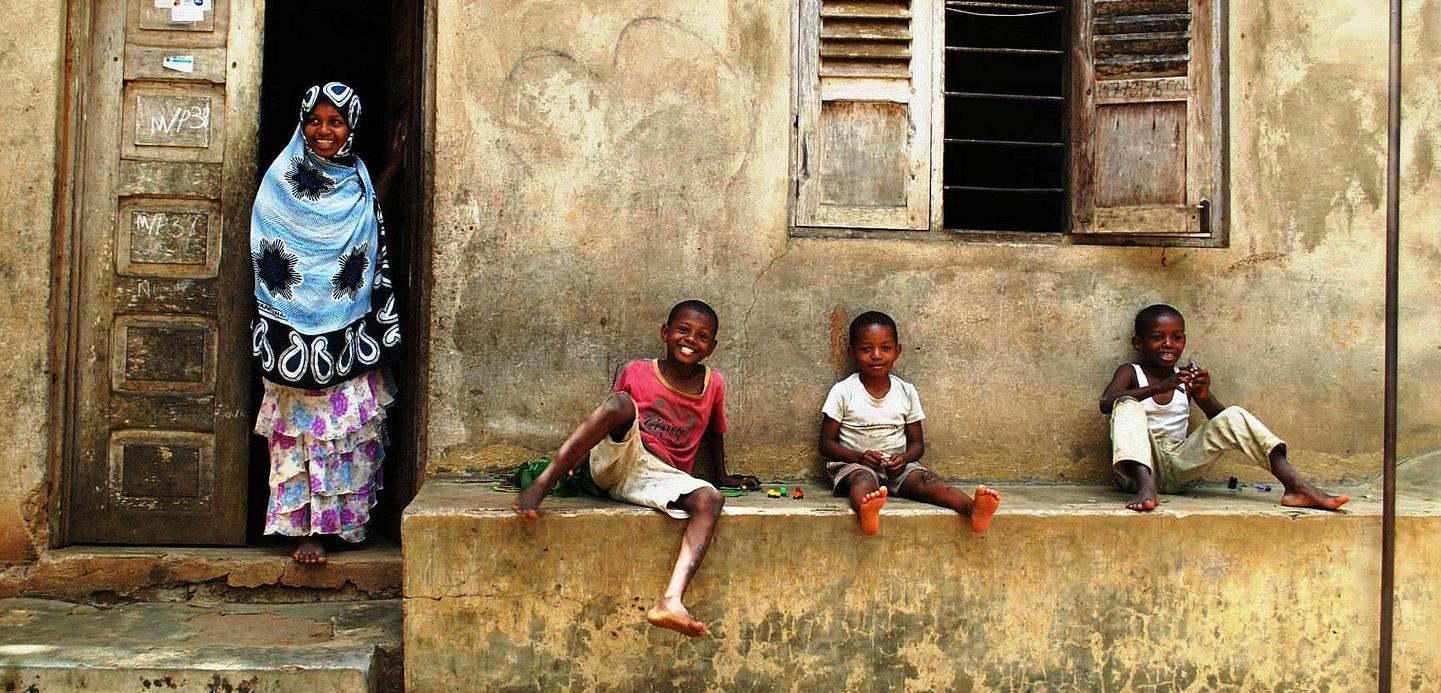
3 minute read
Gathering The Evidence: Stop The Traffik
from Africa Anti-trafficking Consultation Booklet
by International Social Justice Commission - The Salvation Army
The genesis of Stop the Traffik (STT) is described on their website: “Phil Lane had been working at a day centre in Mumbai, India that offered a refuge for children and young people who lived in the neighbouring slums or on the platforms of the Thane train station. One day a pair of siblings [a 7 and 9-year-old brother and sister] who had been attending the centre for a few weeks, didn’t come back. Phil went to ask their father if they were alright, their father said they had been sold to a man who offered them work, for the equivalent of $20. The children have never been seen since. Nobody knows for sure what happened to them.
In that area of Mumbai children often disappear. They are kidnapped, sold and trafficked into sexual exploitation, forced labour, adoption and even child sacrifice. Deeply affected by what happened, Phil knew he had to do something to prevent it happening to others. At the same time a number of UK organisations with a global reach wanted to work together to commemorate the 2007 Bicentenary of the Abolition of the Slave Trade. Stories and passions from around the world merged together and Stop the Traffik was born.”
Ruth Dearnley was one of the founding members of STT, and has been its Chief Executive Officer since May 2008. With great enthusiasm she shared 26 STT’s vision and work with the Consultation. From the beginning, STT has been committed to prevent trafficking by creative means. They have great respect for the “critical and glorious” work of passionate people who care for the victims, and yet they challenge themselves: “unless we think differently, we will never be able to stop the trafficking”. Because, alas, in a trafficker’s mind, every person rescued is just a new vacancy for the supply chain to fill. Right now those trafficking supply chains are more sophisticated, organised, adaptable and integrated through technology than the efforts to disrupt them. And they are cleverly hidden.
STT’s response to all this starts with recognising that “You need to shine a light, because you cannot stop what you cannot see”. If only the inner workings of the trafficking industries could be exposed, effective action could be taken to disrupt them by all manner of agencies, communities, businesses, individuals and organisations. The challenge in exposing the industries is that there are millions of ordinary people who see small personal aspects of them, but these stories do not build anywhere into an accurate big picture.
An example of how it works was recently when hundreds of pieces of intelligence data pointed to the involvement of an apparently legitimate business in Europe in sexual exploitation. It was difficult to get engagement from the authorities but when STT shared their findings with a financial institution, it was able to trace over £1m of proceeds from the crime. Through this sharing of information and tracing the proceeds of crime, a trafficking network was disrupted, people were made safe, and the money was recovered.
Of course Consultation delegates were eager to understand how STT had secured all the resources and capability for this impressive work. Ruth’s answer pointed to the value of partnerships, especially with business who often have the capability and desire to act justly but can feel disempowered by not knowing how they can contribute. Through hard work and persistence STT has been able to partner closely with the Financial Times, IBM, Facebook and many other major businesses to obtain pro bono the media exposure, technical skills training, expert advice, and access to IT services it needs. It also partners with universities to obtain volunteer data analysis 24/7.

So now, what started as a late-night conversation among friends has grown through much hard work, creativity and collaboration into a resource that can globally empower everyone on the ground to do their work of combatting human trafficking better. A key to success now is that giving good information out requires millions of people to do their bit of putting basic intelligence data in. Putting a data report into The STOP APP will not necessarily attract any immediate help for the individual/s involved, but it will contribute to the critical disruption of the industry that inflicts so much suffering on those individuals.
So Ruth ended her session with the plea for delegates to join STT in the data gathering task, urging that it is only by sharing what we know that we can build a picture of what is happening. “We cannot stop what we cannot see. But when we work together we can shine a light in dark places.”
www.stopthetraffik.org/uk










